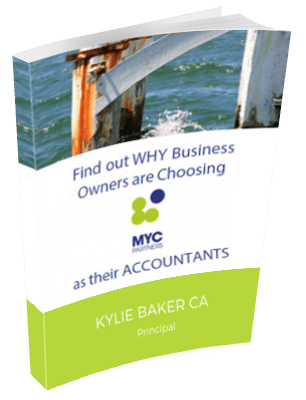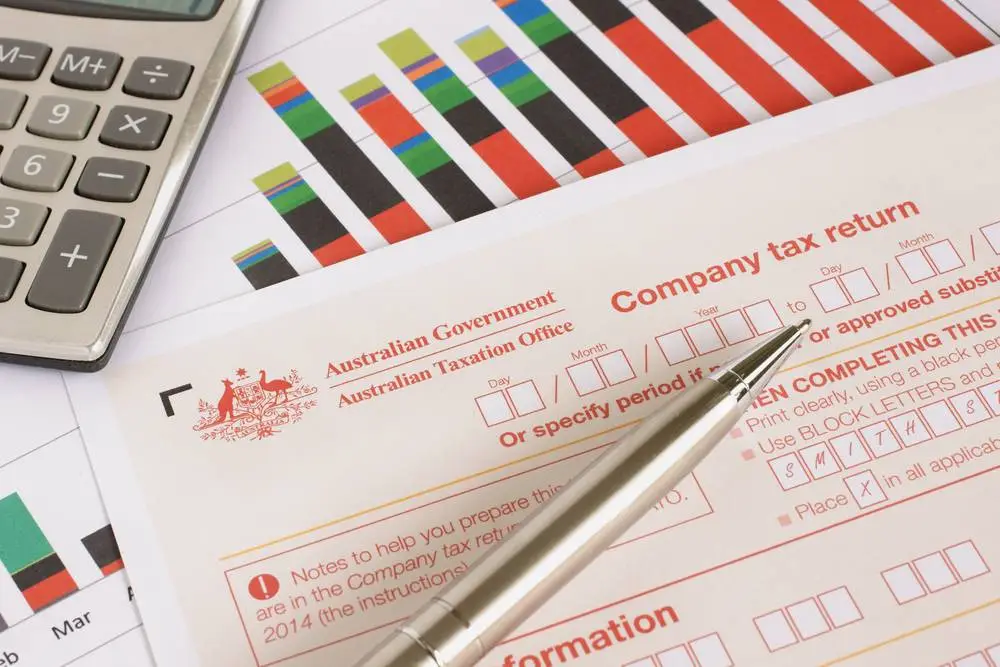
What is a profit & loss statement, and why is it crucial for your business?
This financial report provides a snapshot of your company’s revenue, expenses, and ultimate profitability over a given period. As a business owner, being familiar with your profit and loss statement is key to making informed decisions about your operations, investments, and growth strategies.
But don’t let this vital document intimidate you.
We’re going to break it down in simple terms so you can leverage its insights to steer your business towards success.
Profit & Loss Statement Basics
At the most basic level, your P&L statement does some simple math:
Revenue – Expenses = Net Profit (or Net Loss)
Revenue is all the income your business generates by providing products or services to customers. It represents money flowing into your company’s accounts.
Your expenses are on the other side of that equation – the costs required to keep operations running smoothly. Things like rent, equipment, payroll, utilities, insurance—you name it. Any dollar your business spends falls into the expense column.
Subtract those outgoing expenses from your total revenue for the period, and you’ll see the bottom line: your net income or, less ideally, your net loss.
A positive number means your revenue exceeded expenses during those months, putting your business in the black. A negative number indicates you overspend relative to what you brought in, running at a deficit.
One thing to be aware of is whether your P&L utilises cash-basis or accrual-basis accounting.
Cash-basis accounting is cut-and-dry, only including transactions where cash literally changed hands.
Accrual-basis accounting gives you a more comprehensive if somewhat more complex, view by accounting for credit revenues still owed and unpaid bills.
Does it make sense so far?
Having this profit & loss foundation will help you wield one of your business’s most powerful financial tools.
Uses of the P&L Statement
Tax Filing
When it comes time to file your annual tax returns, the P&L forms the bedrock foundation. The revenues and expenses listed allow you (or your accountant) to accurately calculate your business’s taxable income and file properly.
An incomplete or incorrect P&L can lead to overpaying taxes you didn’t really owe or, worse – underpaying and finding yourself in hot water down the line.
Securing Business Financing/Loans
Want to take out a loan to expand operations or bring on investors?
Lenders and potential partners will want to examine your P&L statements closely as part of their due diligence. These documents allow them to verify your profitability, evaluate your cost management, and determine if you can truly pay back that influx of capital as promised.
Demonstrating Viability to Banks/Lenders as Self-Employed
As a self-employed owner or freelancer, you’ll likely need to produce P&L statements when applying for personal financing like a mortgage, car loan, etc. Lenders use it as proof that your business generates reliable, consistent income to afford new debt obligations.
Financial Health Check-Up
Perhaps the most valuable use, however, is using your P&L to regularly diagnose your business’s financial health. At least once per quarter, you should sit down and thoroughly evaluate every revenue stream and expense category. It’s your chance to spot red flags before they become emergencies while adjusting your sales/spending accordingly.
Signs of Financial Health
So, how can you interpret the data within your profit and loss statements? What are the signs you should celebrate or take corrective actions?
Here are some key indicators:
Consistent Profitability
The ultimate goal for any business is continuous quarters of net profitability.
Can your company consistently bring in more revenue than expenses, month after month?
A streak of profitable periods appearing on your P&Ls points to an encouraging trajectory and sustainable operations.
Isolated Losses
Don’t panic if you hit a slow quarter or two where expenses barely edged out revenues. The occasional isolated net loss can simply reflect normal timing discrepancies between making sales and paying outstanding bills.
As long as they’re extraordinary cases amid otherwise profitable periods, temporary deficits get a pass.
Frequent Red Ink
However, if those loss columns start outnumbering profits with disturbing regularity, it’s a major red flag, signalling deeper issues.
Routinely spending significantly more money than you’re bringing in each month is the opposite of the consistent profitability you’re after. It points to alarming operational inefficiencies and cashflow challenges that could harm your business if not addressed swiftly.
If multiple consecutive quarters are bathed in red, it’s time to rigorously examine both revenue streams and spending.
Leave no stone unturned in identifying and resolving which battlefronts are losing too much capital.
Reviewing Your P&L
Monitoring your business’s financial performance shouldn’t be an annual event confined to tax season. As your accounting partner, I strongly recommend thoroughly reviewing updated profit and loss statements no less than once per quarter.
Tie these P&L check-ups to your required GST/BAS filing cycle – those three-month milestones can be the perfect recurring reminder to inspect your latest P&L with a magnifying glass.
Don’t just skim the totals. Diligently analyse each individual revenue stream and spending category line-by-line.
Which products or services are driving the most growth?
Where have you successfully cut costs?
Which expenditures have crept up and now require negotiating with vendors?
Use this P&L intelligence to strategise—boosting lagging sales, renegotiating wasteful contracts, refining your offerings, or kicking off new marketing tactics. The sooner you can course-correct based on emerging trends, the sooner you can protect your profit margins.
Conclusion:
The P&L statement should be a go-to resource for ensuring your business’s financial vitality. It’s clear data illuminates revenue drivers, controlled costs, and how profitability ebbs and flows over time. Develop a quarterly review habit to diagnose areas for maximising growth and rectifying expense issues.
You gain a powerful lens into your company’s monetary health when you truly understand this report’s insights.
Don’t underestimate the P&L’s value – regular audits allow you to protect profits and steer toward sustainable success.
If you need assistance setting up or interpreting P&L statements, contact MYC Partners. We’ll ensure you fully leverage this powerful tool.






